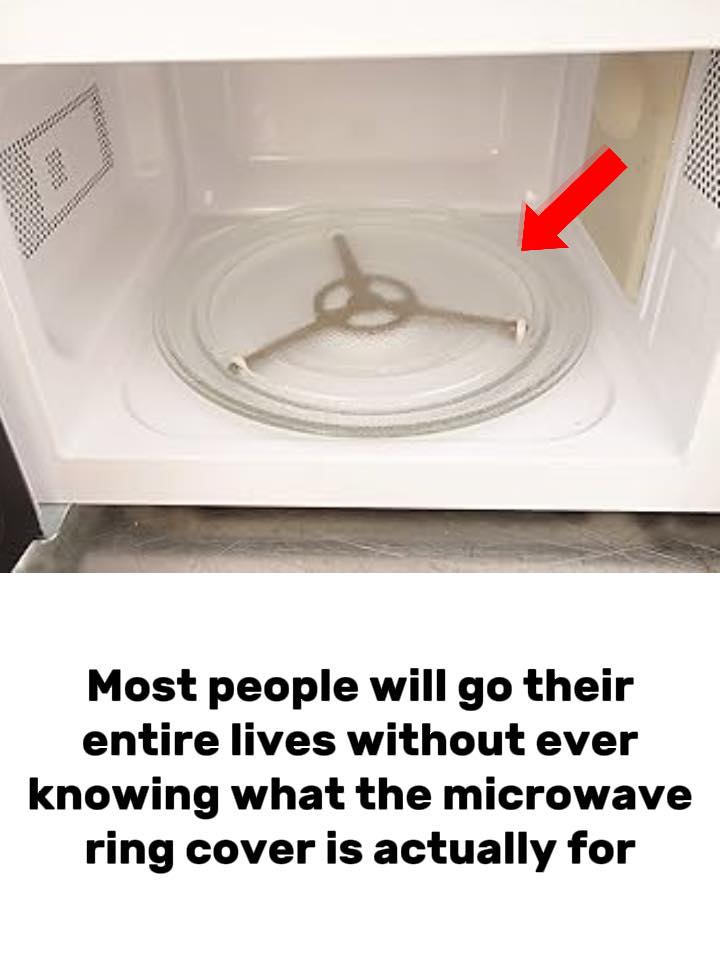
The Microwave Ring Cover: The Small Part That Makes a Big Difference
Until recently, many of us may have completely overlooked one of the most crucial components inside a microwave—the ring that sits beneath the turntable. Known as the microwave ring cover or turntable support ring, this often-ignored piece plays a vital role in how your microwave functions. Despite its simple design and small size, it directly impacts how evenly your food heats, how much noise the appliance makes, and how long it lasts.
Let’s break down what this component does, why it matters, and the most common myths people believe about it.
What Exactly Is the Microwave Ring Cover?
The microwave ring cover is typically made from heat-resistant plastic and is equipped with small wheels or rollers. It sits beneath the glass turntable and helps it rotate smoothly during operation.
Why does this matter?
The consistent spinning of the turntable is critical for even microwave distribution, ensuring that your food heats uniformly. Without the ring cover, the plate may stutter, wobble, or stop turning altogether, resulting in hot and cold spots in your meal.
Debunking Common Myths About the Ring Cover
Despite its important role, the microwave ring cover is often misunderstood or even discarded. Let’s clear up a few widespread misconceptions:
-
Myth #1: It’s just a cover for aesthetics.
Truth: It’s a functional support system that helps rotate the glass plate. -
Myth #2: If it gets dirty or damaged, just remove it.
Truth: Operating the microwave without the ring can damage the turntable motor, create excessive noise, and lead to poor cooking results. -
Myth #3: It doesn’t affect cooking performance.
Truth: Without proper rotation, food will heat unevenly, and certain areas may remain undercooked or even raw.
Core Function: Keeping the Turntable in Motion
At its heart, the ring cover exists to allow smooth, balanced, and continuous spinning of the turntable. This motion helps distribute microwave energy across all parts of your food, minimizing the chance of overcooked edges and icy centers.
Without this rotation:
-
Microwaves may concentrate on certain spots
-
Food may not reach a safe internal temperature
-
Texture and taste can be negatively affected
